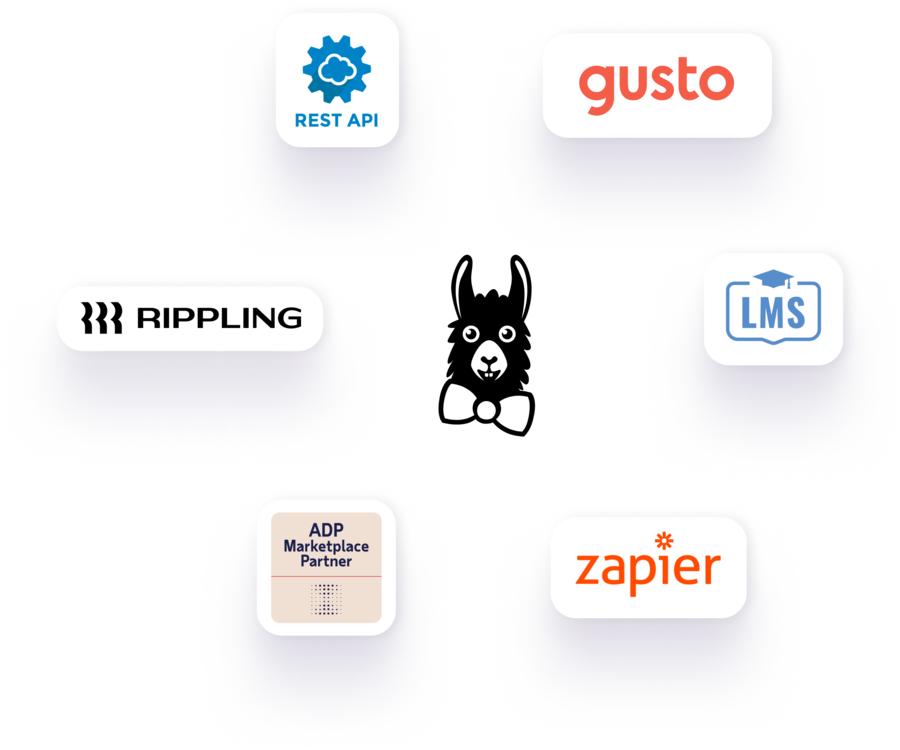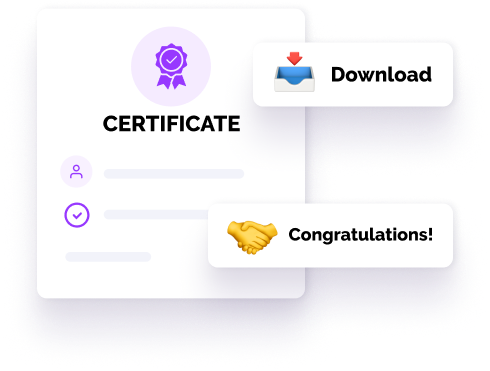Advanced Cybersecurity Training

Course Preview
- 30 minutes to complete
- Available in over 100 languages
- Instant certificate download
- Mobile and tablet friendly
Advanced Strategies for Cybersecurity Defense

DURING THIS COURSE
Employees Will Learn:
The definition and types of encryption
Intrusion detection and response strategies
Advanced threat detection techniques
How to establish a threat-hunting program
Employees will explore encryption methods, advanced threat detection, and intrusion response techniques. The Advanced Cybersecurity course also provides guidance on establishing a threat-hunting program and adopting the latest cybersecurity technologies to protect sensitive data effectively.


Why Cybersecurity Matters
Organizations run the risk of devastating data breaches and fines as a result of cyberattacks and poor data protection practices. According to the FBI, there has been a 300% increase in cybercrime since 2020. Employees who have received cybersecurity awareness training are more likely to adhere to data privacy rules, as well as to understand their obligation to protect information and consumer data from cybersecurity risks.


Effective cybersecurity education helps employees understand the importance of cybersecurity protocols and how to implement practices to avoid potentially expensive data breaches. With cybercriminal activity constantly evolving, this course analyzes current cyber threats and provides insight into how to avoid and protect against them.
HR Training shouldn't be complicated

Customization for all of your company needs - show your brand, industry, and even your company colors.

Proactive Threat Detection and Response
Effective cybersecurity requires more than just reacting to incidents. This section teaches advanced threat detection techniques, intrusion response strategies, and how to establish a proactive threat-hunting program to identify and mitigate risks before they become serious issues.

Strengthen Your Cyber Defense With EasyLlama
By adopting advanced cybersecurity practices, employees will be better equipped to protect their organizations from cyber threats. This course provides the tools and knowledge needed to implement robust security measures, ensuring the safety of sensitive information and reducing the risk of costly breaches.

Helping over 8,000 organizations create a safer, more productive workplace


Learn more
Advanced Cybersecurity Course FAQs

- Basic training covers foundational topics like password safety, phishing awareness, and general best practices. Advanced cybersecurity training goes deeper, teaching employees about encryption, intrusion detection, threat hunting, and how to respond to sophisticated cyber threats, preparing them to handle more complex risks.
- Organizations today face advanced threats such as ransomware, sophisticated phishing schemes, targeted malware, and attacks on cloud infrastructure. These threats are constantly evolving, requiring ongoing education and updated security practices.
- Proactive threat hunting allows organizations to identify and address potential security risks before they become major incidents. By actively searching for signs of intrusion or unusual activity, teams can prevent breaches and minimize the impact of cyber attacks.
- EasyLlama’s Advanced Cybersecurity course equips employees with practical skills in encryption, intrusion detection, and proactive threat hunting. By focusing on advanced techniques and real-world scenarios, the training helps staff identify and respond to threats before they escalate, strengthening your organization’s defenses against evolving cyber risks.
- EasyLlama provides a straightforward onboarding process, allowing you to add employees individually, via spreadsheet, or by connecting with your HRIS or LMS. Automated email invitations and reminders are sent to employees, reducing manual follow-up and making rollout efficient and hassle-free.
- You can monitor employee progress in an intuitive dashboard and export certificates of completion in bulk with just a click. This makes it simple to provide proof of compliance during audits and keep your records up to date.


































